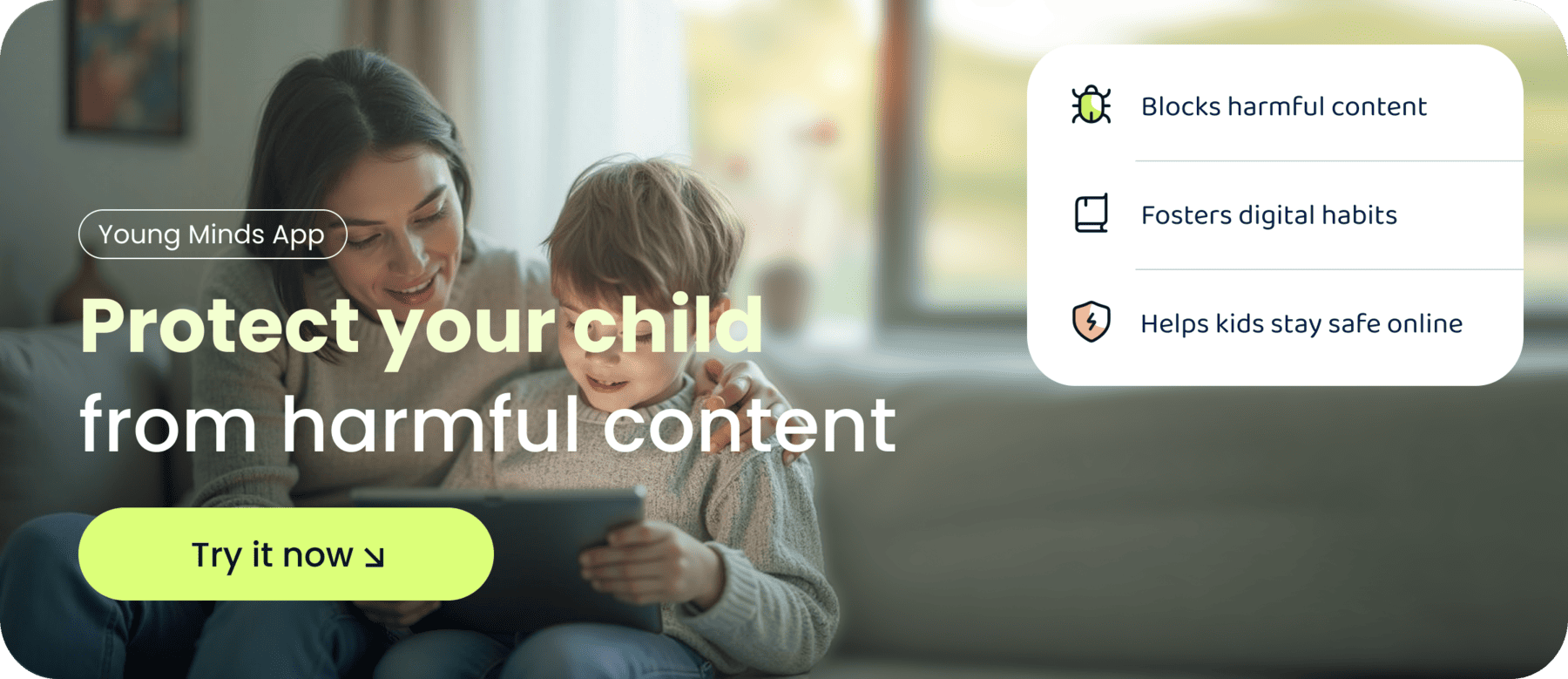Phone rules between parents and teens often fail, not because they’re unreasonable, but because teens feel misunderstood. The gap between rules and reality creates frustration on both sides. But here’s the good news: when parents truly understand a teen’s perspective, boundaries become easier to set and easier to follow.
In this guide, we unpack what many teens quietly wish their parents knew about phones,and how shifting the conversation from control to trust can change everything.
Freedom vs. Safety Isn’t a Zero-Sum Game
Most teens don’t hate rules — they hate rules that feel like control without trust. When limits are explained and connected to responsibility, they’re far more likely to work.
Better approach: Instead of blanket restrictions, use a “freedom that’s earned” model — where safe choices lead to more independence.

Privacy Doesn’t Mean Danger
Many teens see constant monitoring as “spying”, a signal that parents don’t trust them. The irony is that too much control can push risky behaviour underground.
Better approach: Use shared dashboards or weekly check-ins to discuss phone activity openly, rather than silently tracking every move. This keeps safety in focus while respecting personal space.
Phones Are More Than Fun — They’re Social Lifelines
Yes, teens stream videos and scroll socials. But they also use phones to connect with friends, join support groups, and learn skills. For many, it’s their way to de-stress and stay connected.
Better approach: Recognise the positive uses of phones, then set healthy limits without dismissing the benefits entirely.
The Real Frustrations With Phone Rules
When teens talk about phone rules, their biggest complaints aren’t about limits themselves — but about how they’re made:
- Blanket bans instead of rules tailored to individual needs.
- Inconsistency between siblings or between co-parents.
- No room for negotiation even when trust is earned.
Teach Self-Control Before It’s Too Late
Many older teens admit they wish they’d learned better digital habits earlier, before phone use became hard to manage. That regret can be avoided.
Better approach: Involve teens in creating the rules and let them practise self-management while you still guide them. Tools like Young Minds make this easier by giving both parent and teen visibility on habits and progress.
Final Thoughts
You can’t control every click your teen makes, but you can raise someone who makes good choices even when you’re not watching. That starts with understanding their perspective, setting boundaries together, and using tools that foster trust rather than conflict.
The Young Minds app was designed for exactly this, helping parents and teens agree on digital rules, track habits, and build independence step by step. Instead of “parent vs. teen” battles over screen time, it creates a shared plan both sides can see and work toward.
Parents Also Ask
How much time do teenagers spend on their phones daily?
Studies show teens spend an average of 7–9 hours per day on their phones, including social media, messaging, streaming, and gaming. While this is normal, excessive use can affect sleep, focus, and social skills.
Why shouldn’t parents take away phones at night?
Taking phones away as punishment can create conflict and resentment. It’s more effective to set agreed-upon curfews and encourage responsibility, which helps teens manage their own screen use.
How can parents talk to teens about screen time without arguments?
Start by listening to their perspective, then share your concerns calmly. Focus on shared goals, like better sleep, concentration, or family time, rather than strict limits.
How can parents monitor teens without spying?
Parents can focus on transparent, consent-based tracking rather than reading private messages. For example, apps like Young Minds provide usage summaries and well-being reports that help parents understand trends while respecting their teen’s privacy. This approach encourages trust, self-regulation, and open communication.





